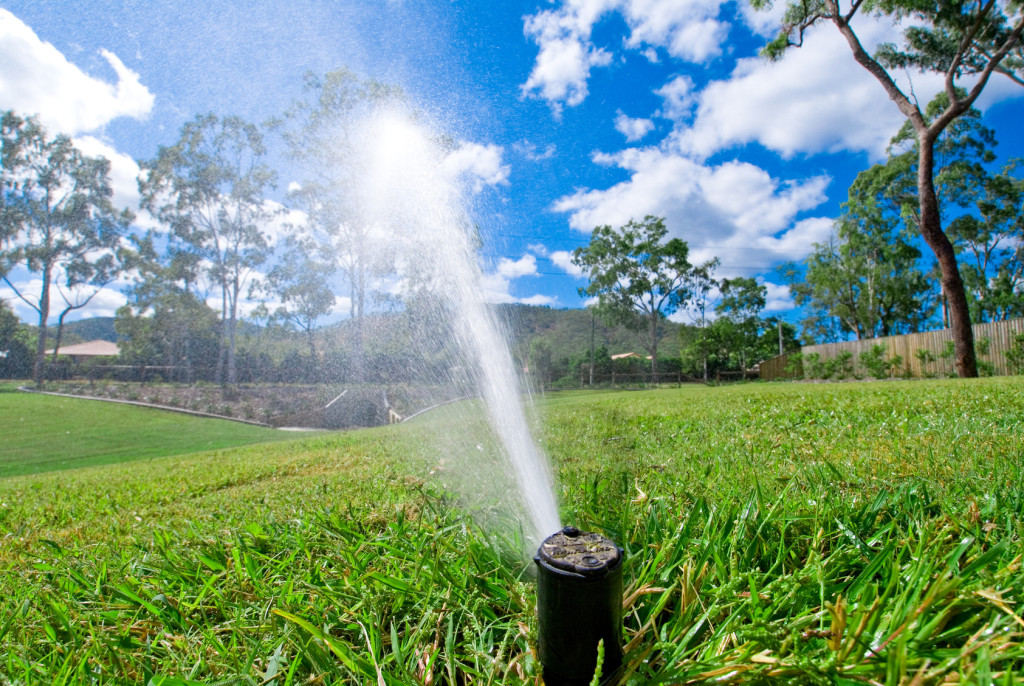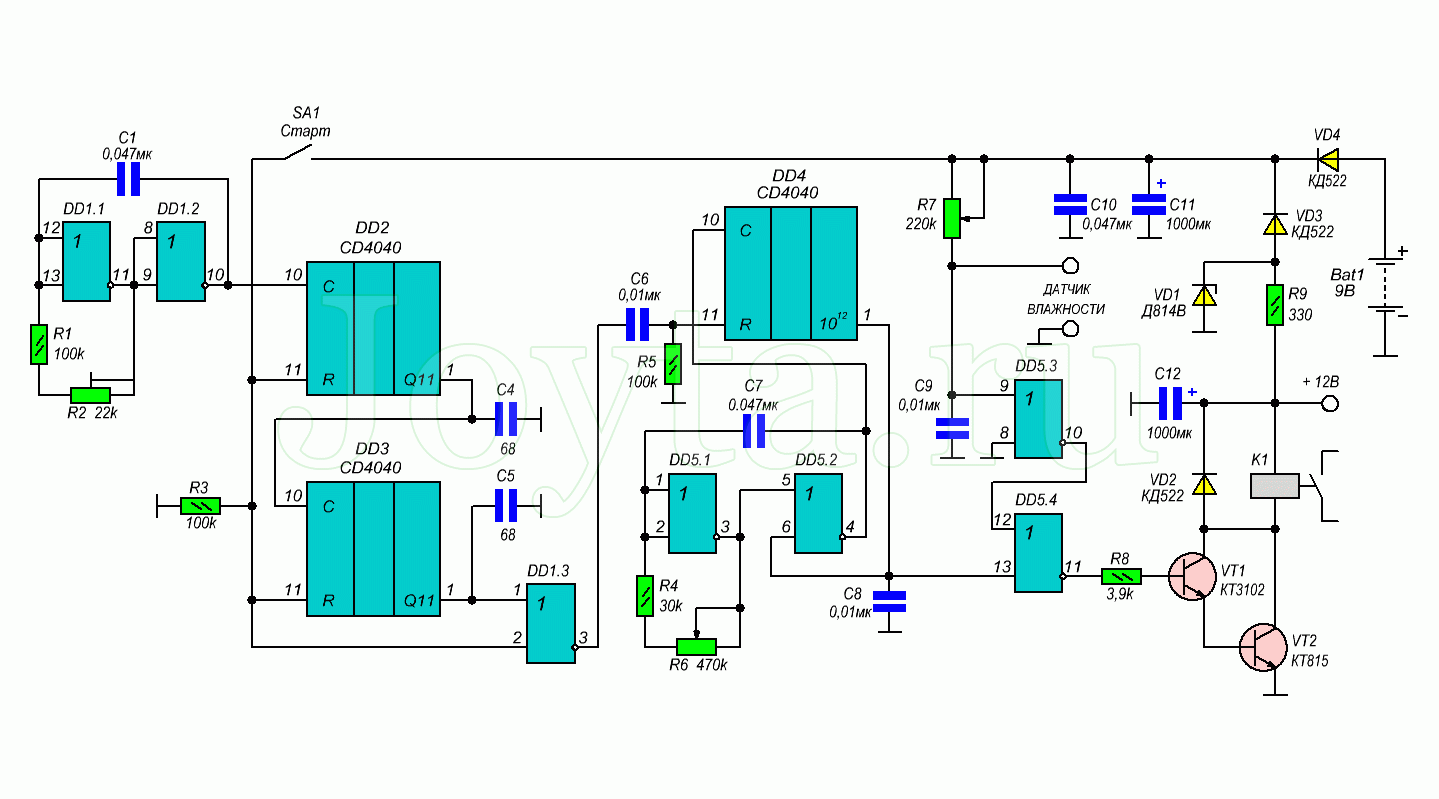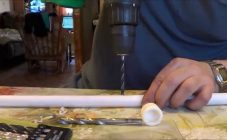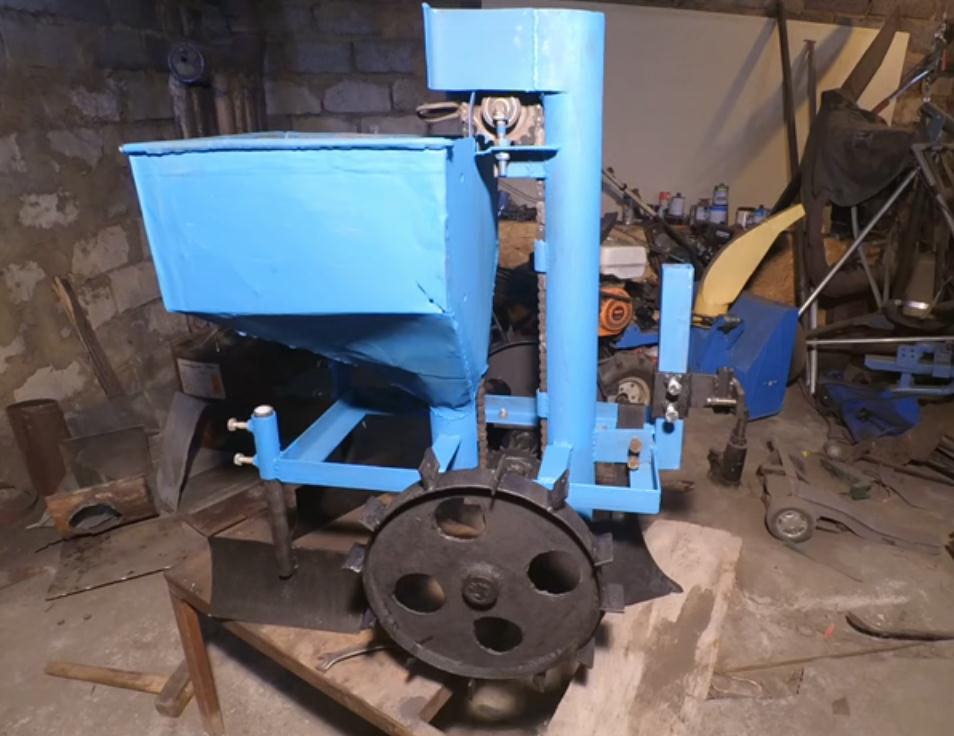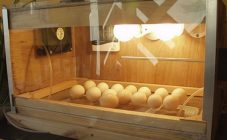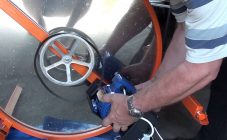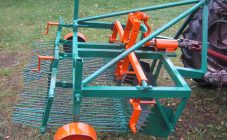Content:
Watering a garden or greenhouse by hand is not an easy task. And if weather conditions require you to do this every day, then you should seriously think about whether there is enough strength for such physical labor or there are ways to automate this process. How to make automatic watering with your own hands will be discussed in this article.
Types of autowatering systems
The presence of an automatic soil irrigation system on a personal plot or summer cottage greatly facilitates the care of trees and shrubs in the garden, behind the beds in the garden, for flowers in the flower beds near the house. There are three main flavors of the system:
- Sprinkler irrigation. Such an irrigation system imitates rain - water is supplied to the plants from above, spraying with the help of special simple devices. The radius of the spray depends on the pressure of the water in the pipes and on the sprinkler itself. Usually, the elements are placed so that the irrigated areas overlap and there are no dry spots on the ground. Most often, sprinkling is used to saturate lawns and flower beds with moisture.
- Drip irrigation. The principle of operation of such a system is that water is supplied directly under the root of the plant, without getting on the trunk and leaves. For this, special devices - droppers - are installed in the pipe (plastic, rubber or polypropylene) for the dosed supply of liquid. This scheme of the autowatering device is best of all recommended when growing garden crops, berry beds and shrubs.
- Subsoil irrigation. This method requires significant costs (financial and physical) due to the need for a large amount of earthworks. All pipes are buried deep into the ground. The water supplied through these pipes, through the perforations, goes directly to the roots of the plants. From above, the soil remains dry. Such systems are installed, for example, in botanical gardens. In private households, they are practically not used.
Very often, owners of household plots, when assembling an automatic irrigation system with their own hands, make it combined: part of the garden is watered by drip, the other part or the lawn - by sprinkler.
The principle of the device of automatic irrigation.
The scheme of any autowatering includes the following elements:
- water source;
- main pipeline (MT);
- the irrigation system itself.
Water from the source is supplied to the central pipe (MT). Feeding can be done by force (using a pump) or by gravity. For a drip system in pipes, a lot of pressure is not needed, therefore it is quite enough if the source is at a level higher than, for example, a bed. But sprinkling without a pump will not work.
All pipes and tubes are assembled using various fittings. A fine filter is installed in the main pipe. If water is taken from a river or lake, then a coarse filter is installed in front of the source (usually a barrel or other container) so that algae and other inhabitants of water bodies do not get into the pipeline.
How is it managed
The water supply is controlled by a controller - a device that opens and closes a solenoid valve.Modern devices of this action carry not only a timer, but even a barometer. Having determined that it is raining, the controller will not open the valve or cut off the fluid supply.
How water consumption is calculated
Knowing what the capacity of the nipples or sprinklers is, you can calculate how to program the controller, for how long it should turn on.
If the irrigation is combined or a different amount of irrigation is required, then the following options can be used:
- install multiple controllers;
- install one, but multi-zone controller;
- adjust the water supply by choosing the correct nipples or sprinklers.
Where to get water
The source of water for automatic irrigation is almost always a container. The only exception is systems that use only sprinklers (sprinklers). In this case, the main pipe can be connected directly to the pump or water supply.
For drip irrigation, metal tanks or large barrels are very suitable. A more expensive option is a PVC container. The sources themselves can be filled from reservoirs, wells, water pipes - it does not matter. You can regulate the filling of the container using a float that blocks the water supply. An empty plastic bottle attached to the valve lever will do just fine.
Automatic irrigation schemes
There are many options for completing automatic irrigation systems. When choosing a scheme, the type of irrigation, water supply, number of zones, and the presence of a fertilizer application unit are taken into account. The system can be exclusively sprinkler or only drip; with a water tank or connected directly to an individual well; stationary or easily assembled-dismantled.
Design work
The design of an automatic irrigation system should begin with a site plan. It is best to apply it on graph paper with a consistent scale. Then you need to indicate in detail on the diagram all the objects located on the site: from the house and sheds to the wells and containers for water.
After that, you can start laying pipes. So far, only on paper. In the drawing, you need to determine exactly where the connecting nodes of the water supply circuit will be located. At the end of this work, a clear picture should emerge of how much material needs to be purchased for the installation of automatic watering of the site with your own hands.
LDPE (high pressure polyethylene) and PVC are also suitable. But for the installation of a system of polypropylene pipes (PPV), special equipment will be required for their welding, and such a structure cannot be disassembled.
Installation work
If a stationary pipe laying is planned, then it is better to hide them in the ground, leaving the windows in the places of the fitting connections. To lay the main pipe, it is enough to dig a trench about 30 cm deep.
If the area is small and there is not much water volume, then a 32 mm diameter pipe will suffice. For large gardens, it is better to put a pipe with a diameter of 40 mm on the highway. Drip hoses or the same pipe with holes made in it are connected to it on compression fittings. Sprinkler pipes are also connected. In general, the self-watering system is assembled with your own hands quickly and without any wisdom.
Service
The autowatering system does not require any special maintenance.It is only necessary to monitor the integrity of the fitting connections and for the winter to remove to a warm place those elements that were not installed permanently and were not insulated.
Thus, such an automation of such a rather difficult process as regular moistening of a personal plot will allow you to start enjoying truck farming, horticulture or floriculture. And a do-it-yourself watering system installed in a greenhouse can give not only an unprecedented harvest of vegetables, but also a good profit if this harvest is sold on the market. In short, auto-watering will pay off both materially and morally.
